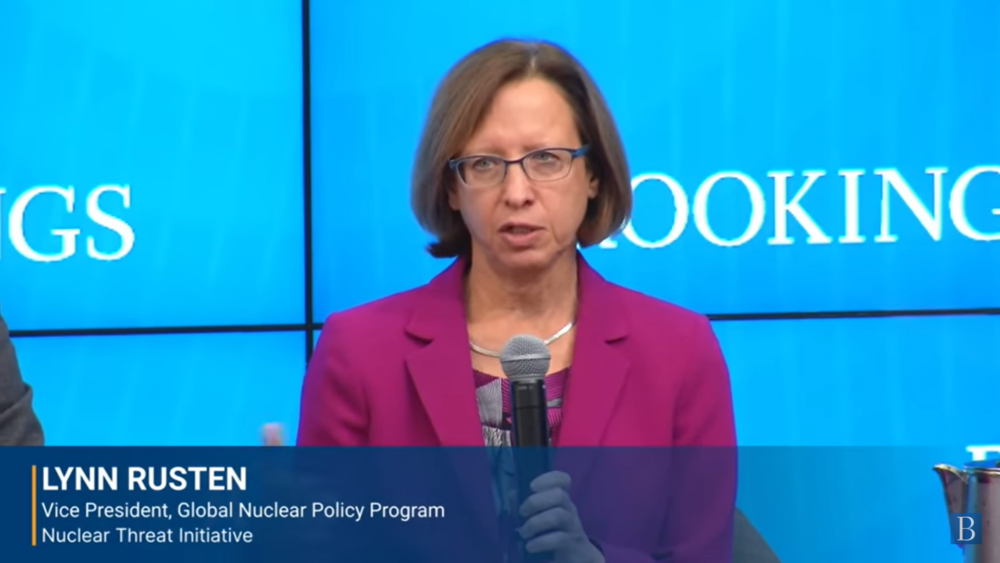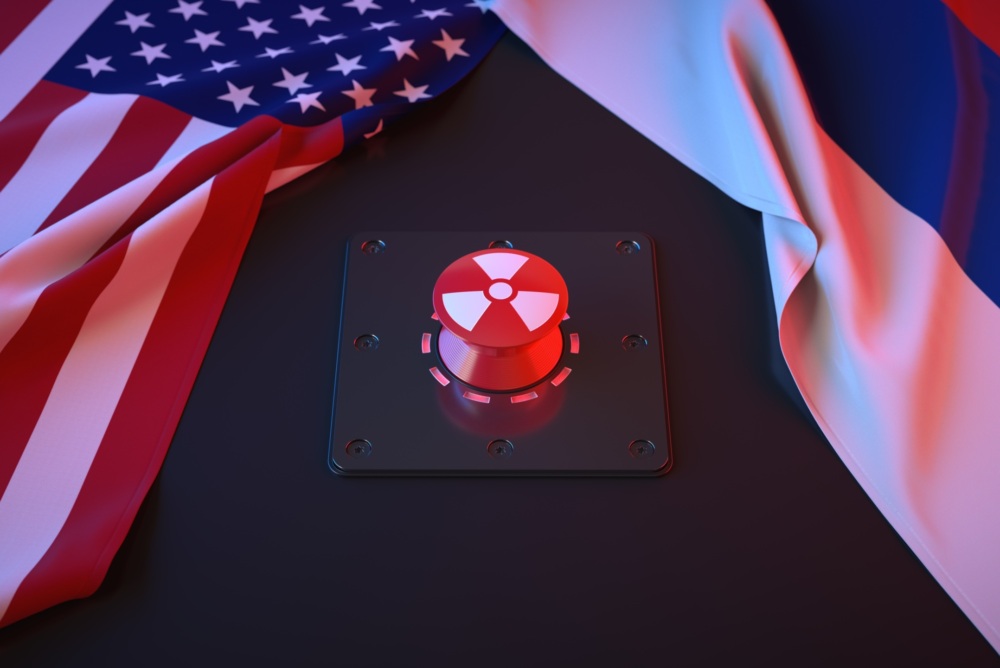
NTI’s Lynn Rusten on Defense Department’s New Strategy for Countering Weapons of Mass Destruction
The DoD’s new CWMD strategy, last updated in 2014, comes at a time when longstanding norms against nuclear use are being tested.
About the image
Leaders of the 28 NATO member states will gather in Chicago later this week for the 2012 NATO Summit where they will address Afghanistan, “Smart Defense,” and missile defense. Less visible will be NATO’s unveiling of the results of its Deterrence and Defense Posture Review (DDPR) – including NATO nuclear policy – tasked at the 2010 Lisbon summit.
Although it appears unlikely that NATO members will announce bold changes or agree on a clear strategy going forward, maintaining the nuclear status quo may soon be untenable, given changing budget and security priorities.
So in Chicago, NATO leaders at the very least should ensure the final document lays the foundation for future changes to the status quo on a host of related issues, from tactical nuclear weapons to nuclear use or “declaratory” policy.
Read the full article.
Sign up for our newsletter to get the latest on nuclear and biological threats.
The DoD’s new CWMD strategy, last updated in 2014, comes at a time when longstanding norms against nuclear use are being tested.
The paper highlights the need for renewed attention to the catastrophic effects of nuclear conflict as a crucial step toward reducing the risk of nuclear use.
A new report from NTI highlights the critical need for a global diplomatic approach to address growing cyber risks, including, where possible, through cooperation between the United States and Russia.


